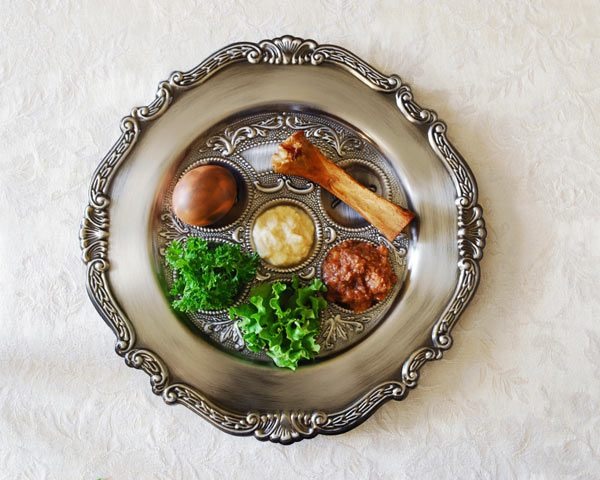How To Build A Seder Plate
Passover, a weeklong celebration that commemorates the Jewish people's exodus from slavery in Egypt during the time of Moses, begins March 25 at sundown. On the first and second night of Passover, a symbolic meal called a seder is held to recount and remember the Passover story.
A seder plate sits at the table as a Passover symbol, which contains spaces meant to hold particular foods that represent different parts of the Passover story. Seder plates can be purchased at most tabletop stores, but many are passed down through families as heirlooms. If you're looking to shop for an original and symbolic seder plate, the Jewish Museum of New York is a great source.
Although seder plate traditions differ from family to family, here is a general guide:
Maror: A bitter herb, usually horseradish, represents the bitter time the Jews spent in slavery. Grated or from a jar, it's served atop matzoh.
Z'ora: A lamb shank bone symbolizes the sacrificial lamb offered at temple in Jerusalem before its destruction.
Charoset: A mixture of fruits, wine or honey, and nuts represents the mortar that the slaves used to keep the bricks together when they were building the pyramids in Egypt.
Karpas: A green vegetable, often parsley, symbolizes spring. It's dipped in salt water to represent the tears shed while Israelites were slaves in Egypt.
Beitzah: A hard-boiled egg signifies life and the second offerings presented at the temple in Jerusalem. It's usually dipped in salt water as well.
Check out our complete guide to Passover here.
